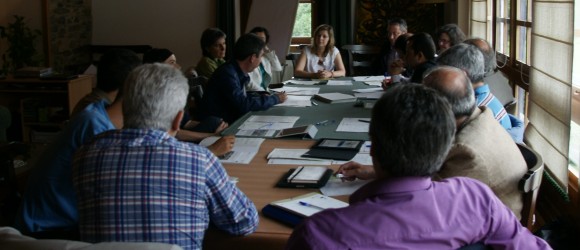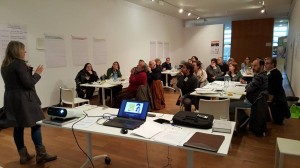Dec
21
The European Commission’s Environment Directorate-General (DG Environment) commissioned CEP to lead a team of partners in researching and reporting on the public perceptions of environmental risks in Europe. CEP worked with partners at the University of A Coruña (Spain), the University of Latvia, Oikos (Slovenia), Sapienza University of Rome (Italy) and the West University of Timisoara(Romania).
This ambitious, Europe-wide project aimed to understand the differences between public perception and scientific assessment of environmental risks and the main factors influencing the evolution of public perceptions in Europe. The project used a mixed methodology research approach, including a survey of experts and focus groups with members of the public who were asked to assess and rank a selection of 14 environmental risks included in the Eurobarometer survey. [1]
The project ran from 2014 to 2015 and engaged with more than 100 experts across 28 EU Member States and over 100 members of the public in 12 focus group discussions that took place in six member states. The comparison of the assessment and ranking of environmental risks by type of respondent provides interesting insights for further research.
Overall, the environmental risks seen as being of highest concern by members of the public were similar to the top risks identified by experts. However, consumption habits and waste yielded very different responses between experts and the public.
Factors that were found to influence lay perceptions of risk included individual identity and background, collective cultural, institutional and socio-political systems, social values and degree of trust in authorities. A number of qualitative characteristics of environmental risks, such as scale, severity, proximity and personal control, were also found to influence lay assessments of environmental risks. Discussions in the focus groups showed that many people were using multiple sources of information to develop their understanding of what are often complex environmental issues.
The full report can be downloaded here.
[1] Special Eurobarometer 416: Attitudes of European citizens towards the environment (European Union, 2014)
Dec
16
If someone would ask you to imagine how Galicia will be in 2040, where would you start? Would it be easy for you to answer? If you think about it for a moment you may take into account some of the future projections with greater diffusion made by the INE (National Statistics Institute) or the IGE (Galician Statistics Institute) and some ideas like population loss, rural abandonment, aging or concentration in the Atlantic Axis (as you know this imaginary line which links the main cities in Galicia and that nowadays concentrates more than the 50% of the total Galician population) may come to your mind easily. Data show that the demographic crises is one of the biggest problems we will have to face to as a society before we wake up in 2040 let the next generation take the wheel.
The question that would be logical to wonder about next would be: and how we deal with this catastrophe foretold that is coming down the line? What are the available means we have to deal with this and who should be responsible to find solutions? Is it the Spanish central government, the regional government, civil society, the European Union?
Based on this rationale of prospective exploration the first back-casting workshop took place on Saturday, 12th of December at the Luis Seoane Foundation in Coruna as part of the European GLAMURS European Project, which addresses sustainable lifestyles escalation and how green economy models could be fostered across the European Union. The project involves 11 European research centers, under the coordination of the People-Environment Research Group from the University of Coruna.

